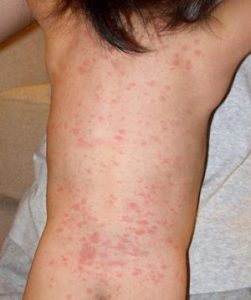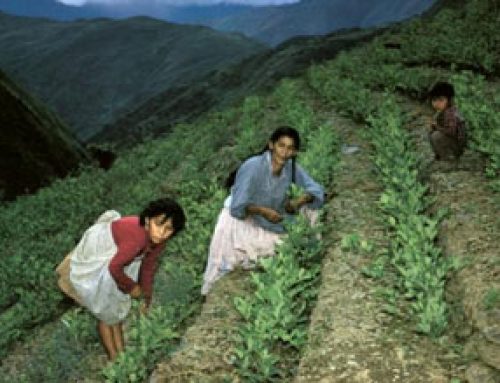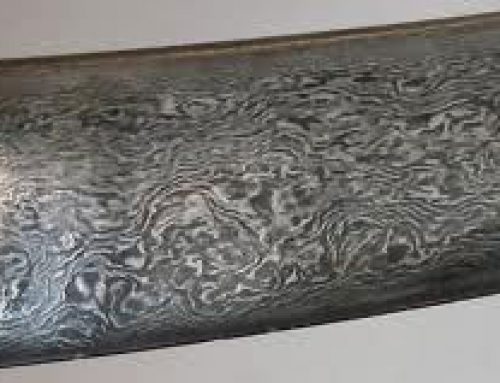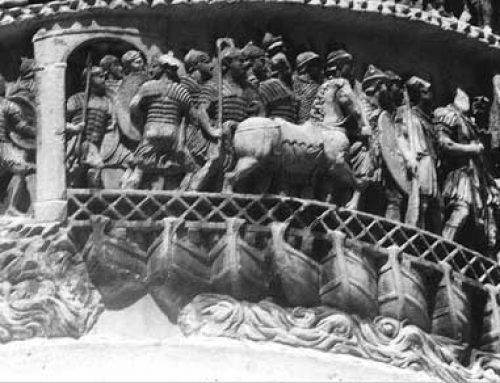
Typhoid fever: A person with typhoid rash (Iran)
Is it typhoid or typhus?
Typhoid fever isn’t the same thing as typhus at all. You catch typhus from being bit by lice that have bitten people with typhoid, and you catch typhoid from drinking water with traces of human poop in it. (You can’t catch typhoid from animals.)
Find out more about typhus
Why are the names so much alike?
The germs that cause typhoid are a kind of salmonella, which also causes food poisoning. We call this typhoid because some of the symptoms are similar to typhus, so it is typhus-ish, or typhoid.
When did people first get typhoid fever?
It’s hard to tell when typhoid got started, because the symptoms are pretty similar to dysentery and other diseases you get from drinking dirty water.
What are the symptoms of dysentery?
What are the symptoms of typhoid?
At first you get a fever, a headache, and a cough, and sometimes a bloody nose. After a week, you get a very high fever, diarrhea, and sometimes a rash. Many people are delirious. Then in the third week, while most people start to get better, some people get internal bleeding or brain swelling or other problems.
Did people die of typhoid?
Yes! About one out of five people who got typhoid died of it, and about one in a hundred get better but keep the typhoid germs alive, and spread them when they touch food, like the famous Typhoid Mary.
 What are some examples of typhoid in history?
What are some examples of typhoid in history?
Typhoid might be what caused the plague at Athens in 410 BC, and it might be what killed Alexander the Great in 323 BC. Abigail Adams also died of typhoid. Many Civil War soldiers died of typhoid – Louisa May Alcott caught typhoid when she was a Civil War nurse.
Why don’t we get typhoid?
William Budd, in 1838, was the first doctor to realize that people caught typhoid from dirty water. By the late 1800s, the spread of cholera encouraged many cities around the world to build sewage systems and water systems, and having clean water to drink also helped to keep people from catching typhoid.
More about sewage systems
More about cholera
A vaccine against typhoid
By 1896 British scientists developed a vaccine against typhoid, and in the First World War many British soldiers were vaccinated. By 1908, as cities began to add chlorine to their drinking water to kill germs, typhoid became more rare.
But typhoid is still common in the global South
But in southern Africa, India, and south-east Asia, where many people have no clean drinking water, typhoid is still a common illness. Doctors can cure typhoid fever with antibiotics, but the germs are evolving to be resistant to more and more antibiotics.





